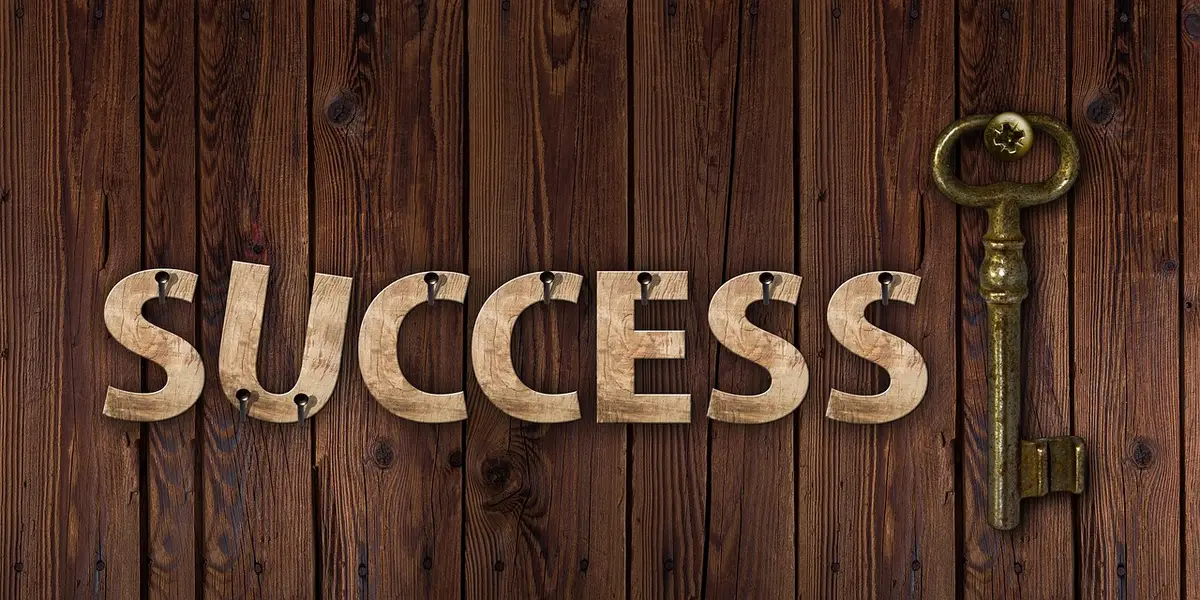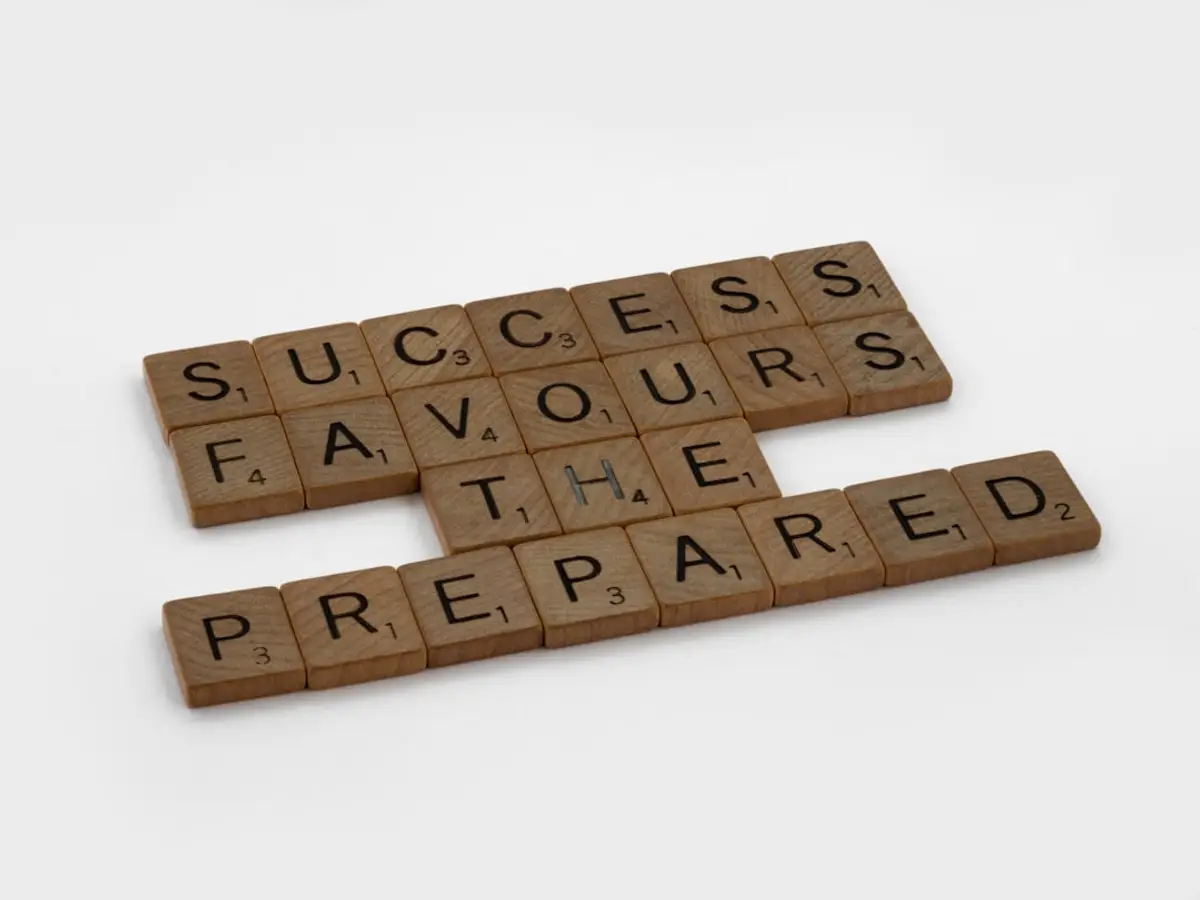
Real-World SaaS Startup Success: Lessons from Top Business Models and Customer Journeys
Every year, thousands of SaaS startups launch, but only a fraction scale into lasting winners. What separates the companies that dominate their sectors from those that fade away?
The answer lies in studying real successful SaaS startups. By exploring the strategies, business models, and customer journeys that propelled top SaaS examples forward, you gain proven insights—not theory—into what fuels sustainable growth.
Unlike traditional software, SaaS startups thrive on recurring revenue, rapid product iterations, and data-rich customer feedback. These strengths create unique opportunities—and new challenges—that founders must master to move from early traction to global scale.
This post unpacks case studies of standout SaaS startups across varied industries, highlighting not just their products, but also how they designed onboarding, solved retention hurdles, and built viral growth engines through innovative SaaS growth strategies.

Case Studies of Leading SaaS Startups and Their Growth Models
What can you learn from SaaS startups that have rewritten the rules of their industries? Three standout companies—Slack, HubSpot, and Shopify—demonstrate the power of innovative SaaS business models and growth strategies.
Slack: By transforming workplace communication into easy, searchable channels, Slack reduced email clutter and boosted team productivity. Its rapid scalability stemmed from deep integrations and an open API, helping it surpass 10 million daily active users in just a few years (Slack S-1 filing).
HubSpot: HubSpot pioneered the SaaS inbound marketing model, uniting automation, content, and CRM tools inside a single platform. By embracing freemium pricing and prioritizing user education, it achieved high customer retention and became a template for SaaS growth (HubSpot 2023 Annual Report).
Shopify: Shopify removed barriers for independent merchants, enabling seamless online store launches. Through clear onboarding and accessible templates, Shopify scaled to over 4 million businesses worldwide by 2024 (Shopify Company Data).
These SaaS examples reveal how distinctive product design, scalable business models, and a relentless customer focus can fuel exponential growth. Together, they illustrate the diversity of approaches available for new SaaS founders seeking to make an outsized impact.

Winning SaaS Growth Strategies: Tactics for Scalable Customer Journeys
Sustainable SaaS success demands more than a great product. What makes industry leaders stand out is their smart use of automation, data, and tailored outreach to fuel rapid, reliable growth.
CRM Automation: Leading SaaS startups automate core CRM tasks to reduce errors and accelerate deal cycles. For tangible workflow examples adopted by successful SaaS startups, explore these CRM automation templates.
Personalized Cold Outreach: The most effective SaaS examples craft concise, value-driven messages that resonate with targets. Review actionable cold message frameworks proven to boost response and conversion rates.
Customer Journey Optimization: High-growth SaaS companies map every customer touchpoint to reduce friction, offer timely support, and drive upsells. Segmenting onboarding and using data triggers creates a seamless journey across the SaaS lifecycle.
Optimizing your SaaS customer journeys increases both engagement and retention. Each tactic above is a building block for repeatable, scalable growth—a hallmark of the best SaaS business models. Dig deeper with Why customer journeys matter in SaaS.

Overcoming Common SaaS Startup Challenges with Proven Solutions
Even the most successful SaaS startups face roadblocks that can slow their growth—especially around onboarding, automation, and optimizing the customer journey.
Tackle these challenges head-on by learning from companies that solved them in creative, measurable ways. For instance, Asana's investment in streamlined, user-friendly onboarding cut churn by 20% during their crucial first year (TechCrunch, 2021).
Automated Onboarding: SaaS business models like Intercom's use step-by-step walkthroughs and targeted in-app messages. These strategies lower drop-off and help users realize value faster.
Centralized Sales Communication: Tools such as HubSpot eliminate information silos—bringing CRM, messaging, and task flows together. This minimizes handoff errors and boosts sales team productivity. See how to automate SaaS workflows.
Data-Driven Optimization: Growth-focused SaaS startups rely on tools like Amplitude to monitor user engagement and flag friction points. Real-time analytics inform product sprints and help allocate resources for maximum impact.
By incorporating automation and actionable data into your SaaS customer journey, you can reduce churn, streamline internal processes, and build a foundation for lasting, scalable growth.

Essential Lessons and Action Steps for Future SaaS Founders
Key Insight: The most successful SaaS startups construct resilient business models by combining product-market fit with repeatable SaaS growth strategies and an uncompromising commitment to their customers (Bessemer Venture Partners, 2023).
Challenge industry norms—don’t be afraid to innovate with bold new features or workflows.
Continuously refine every process, from sales outreach to onboarding automation, for efficiency and scale.
Make every customer journey seamless, as lasting loyalty stems from delivering consistent value at every touchpoint.
Ready to put these lessons into action? Begin with practical outbound approaches—see How to write cold emails – 12 examples to start testing, iterating, and accelerating your own SaaS journey.